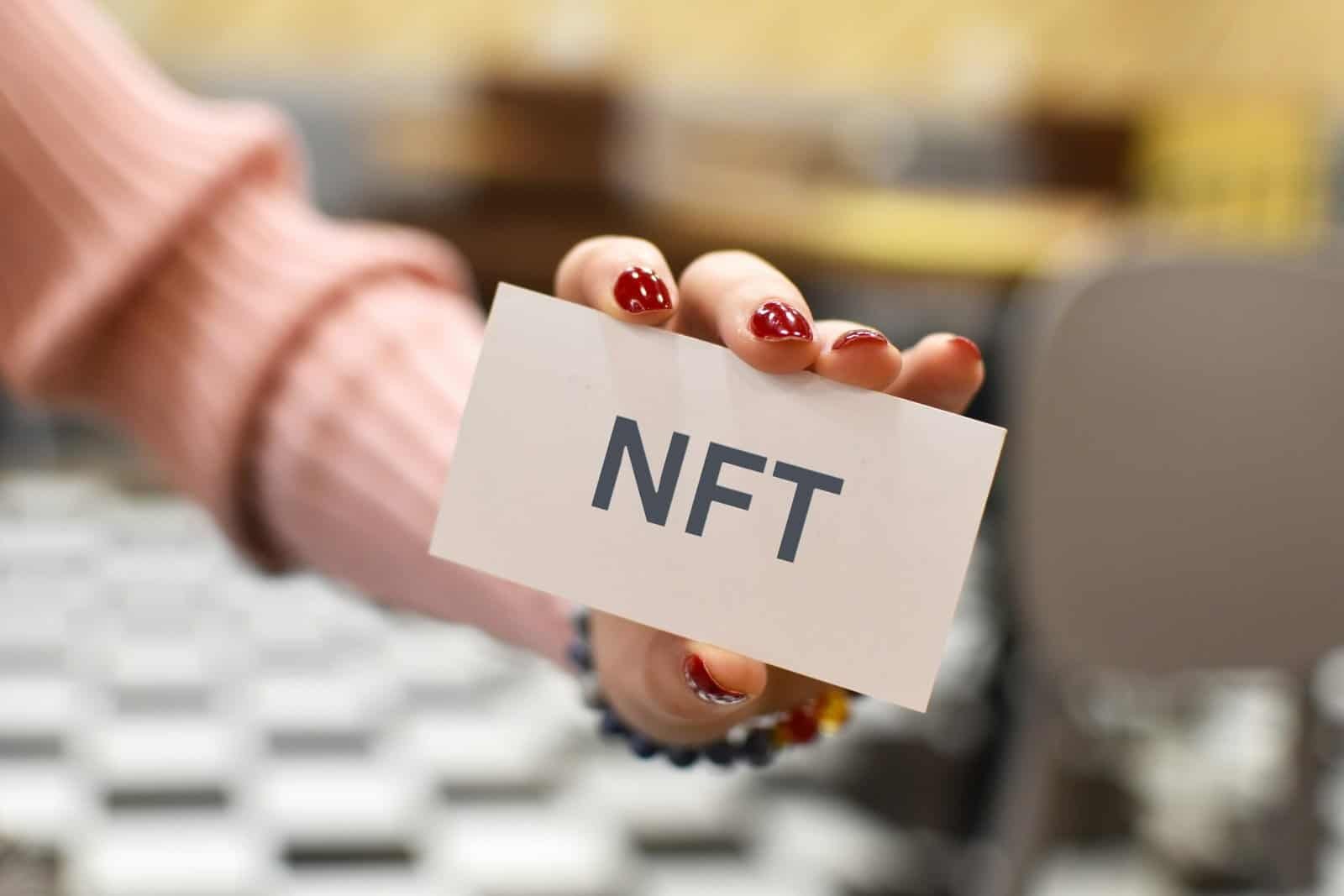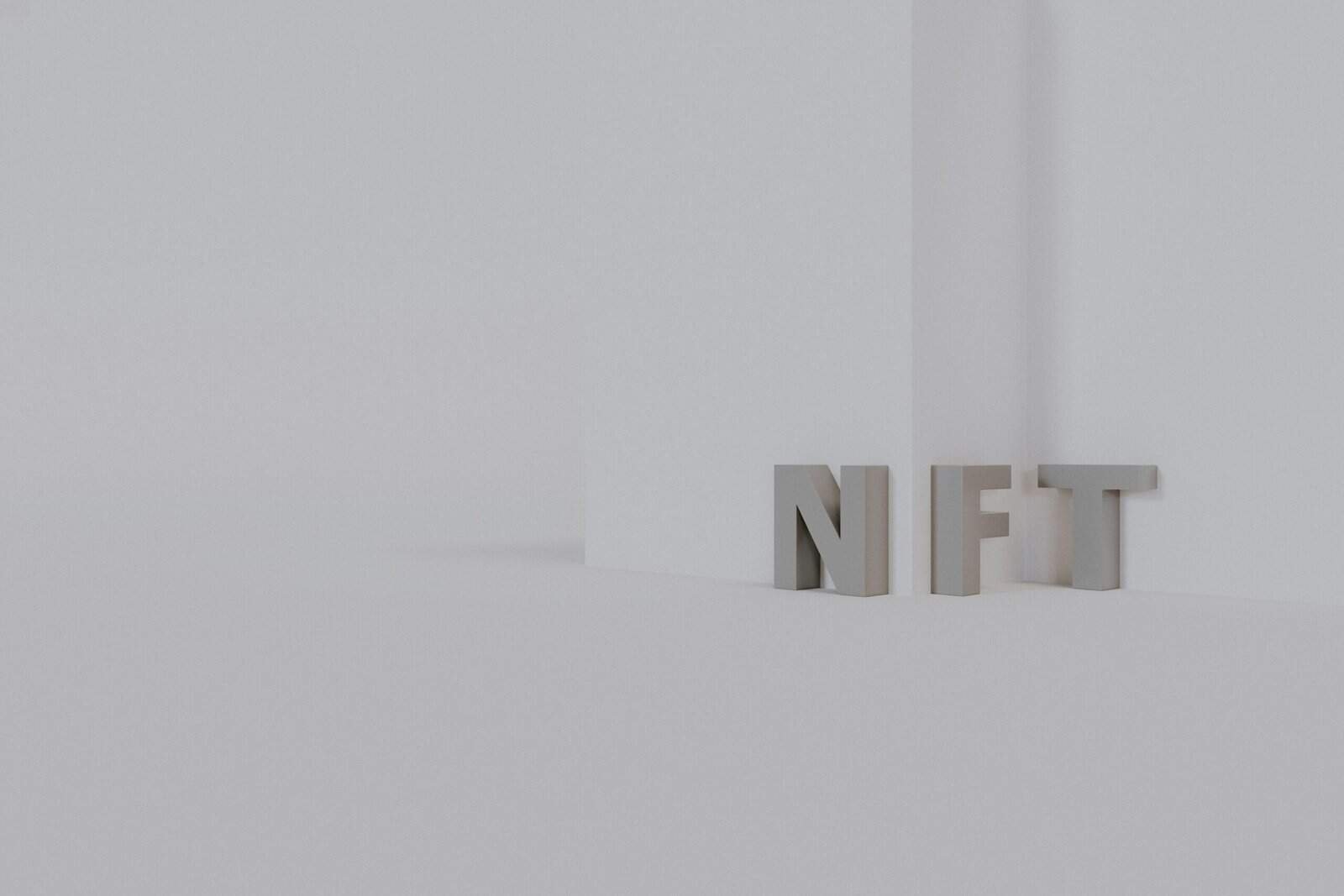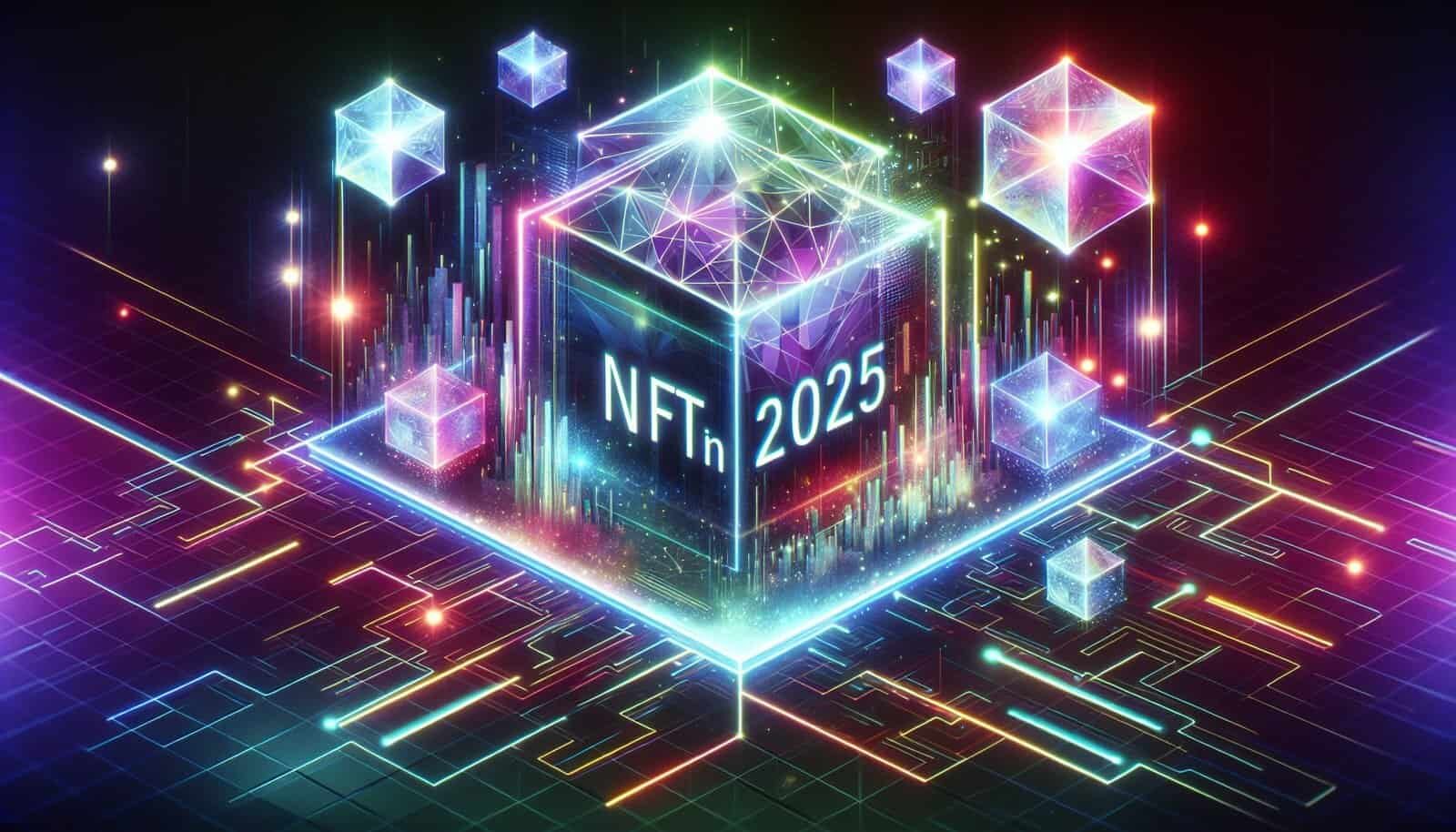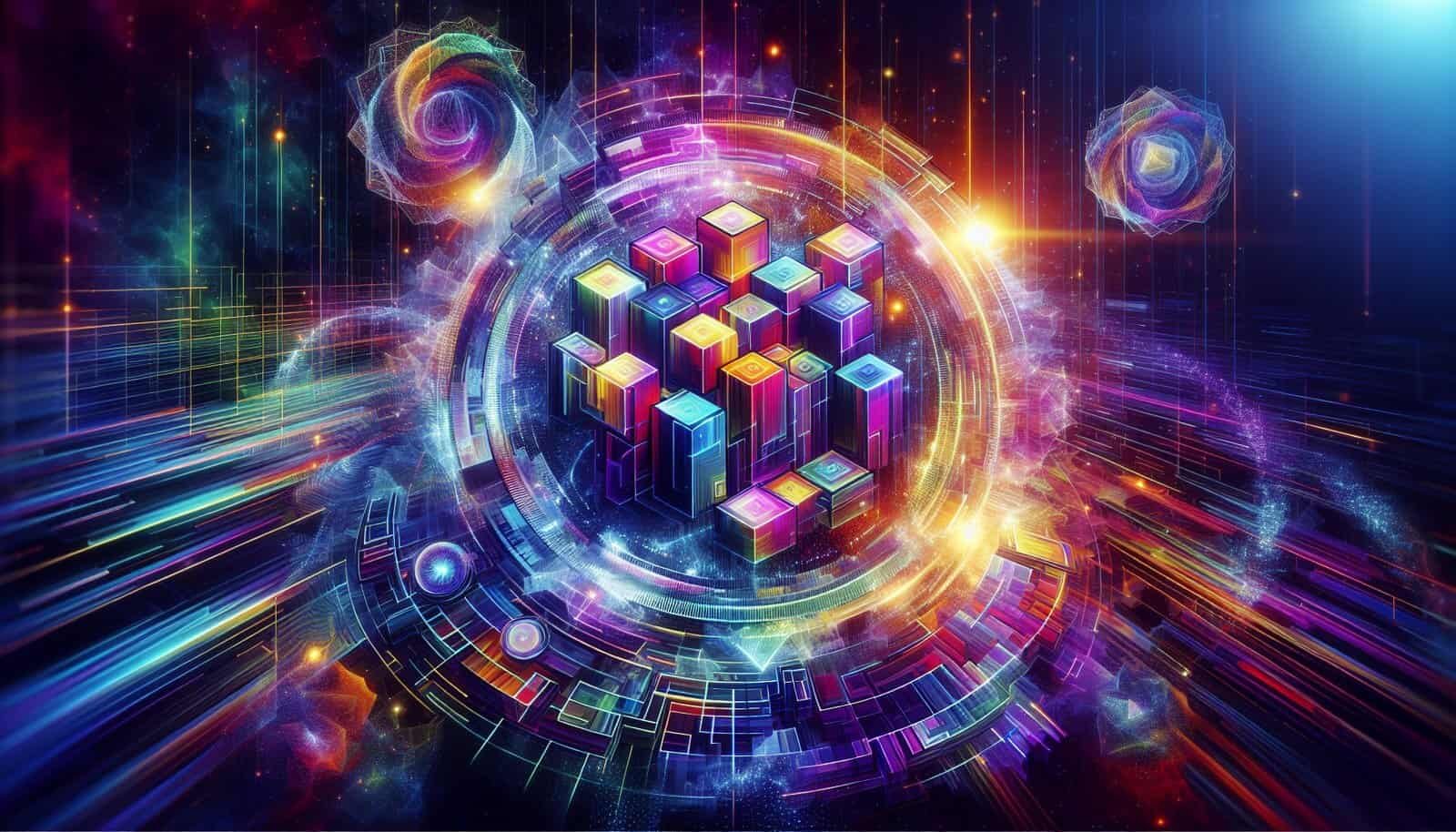Have you ever wondered what an NFT truly is and how it has evolved by 2025? Non-Fungible Tokens, commonly known as NFTs, have been a buzzword for several years now, but understanding their deep-seated role in the digital landscape continues to intrigue many. As of 2025, NFTs have undergone remarkable transformations in their applications, impacting various sectors from digital art to real estate, and even education. Let’s embark on a journey to unravel the layers of NFTs and explore their uses in 2025.

Understanding NFTs: A 2025 Perspective
NFTs, or Non-Fungible Tokens, are unique digital assets validated using blockchain technology. Unlike cryptocurrencies such as Bitcoin or Ethereum, NFTs are unique and cannot be exchanged like-for-like. Each token possesses distinct metadata that proves ownership and authenticity, pioneering a new era in digital asset management. In 2025, the core definition of NFTs remains grounded in uniqueness and verification on a blockchain, yet their utility has expanded significantly.
The Evolution of NFT Technology
In 2025, NFTs have undergone significant technological evolutions, mirroring advancements in blockchain technology and market demands. The second generation of NFTs incorporates advanced features like smart contracts with more complex functionalities, providing automation in royalty distributions or dynamic content updates based on predefined conditions. This evolution makes NFTs more versatile and integrated within diverse platforms.
Blockchain: The Backbone of NFTs
Blockchains form the integral infrastructure on which NFTs operate. By 2025, blockchain technology has seen enhancements in scalability, speed, and sustainability. Key blockchains like Ethereum have implemented upgrades making transactions faster and more environmentally friendly, addressing previous concerns over energy consumption. These improvements have solidified the position of blockchains as secure, decentralized ledgers that ensure the authenticity and permanence of NFT transactions.
Variability in NFT Standards
Different NFT standards have emerged to accommodate a spectrum of applications. Standards like ERC-721 and ERC-1155 are well-known for their reliability and have paved the way for newer standards that provide enhanced interoperability and functionality across various platforms, broadening the scope for NFT innovation.
How Are NFTs Used in 2025?
NFTs have crossed the thresholds of digital art into myriad domains by 2025, embodying a tangible transformation in how digital ownership and value are perceived.
Digital Art: More Than Just JPEGs
In 2025, digital art remains a stalwart arena for NFTs. Artists continue to leverage NFTs to monetize their work directly, securing royalties for secondary sales through programmable smart contracts. More sophisticated NFT art platforms have emerged, offering customizable galleries and immersive virtual environments to showcase digital collections, significantly elevating the overall consumer and creator experience.
Gaming: Beyond Traditional Ownership
NFTs in gaming have revolutionized asset ownership. Gamers own in-game items like skins, weapons, and characters, which they can trade or sell across various gaming ecosystems due to enhanced cross-game compatibility. The gaming community in 2025 benefits from a tangible return on investment as NFTs grant verifiable scarcity and limitless creative potential in user-generated content.
Real Estate: Digital Twins and Transactions
Real estate embraces NFTs in 2025 by generating digital twins of properties. These digital representations of physical assets hold official records and details, easing transactions and real estate management. Buyers can view property metadata, interact with 3D-environment models, and authenticate ownership through NFTs, streamlining processes in ways previously deemed impossible.
The Music Industry: Redefining Artist-Fan Engagement
Musicians are using NFTs to transform how they connect with fans. NFTs have allowed artists to sell exclusive content, VIP experiences, and even shares in song royalties. This innovative approach provides a lucrative revenue stream and fosters a deeper artist-fan connection that thrives on ownership and collective growth.
Education and Certification
NFTs have also penetrated educational landscapes by 2025. Institutions now issue diplomas and certifications as NFTs, ensuring authenticity and preventing fraud. This method simplifies verification processes for employers and academic bodies, while learners have lifelong, immutable proof of their credentials.
Environmental Conservation
By leveraging their popularity and technological prowess, NFTs have also contributed to environmental conservation efforts. Projects use NFTs to fund conservation by tokenizing portions of protected areas, allowing individuals to support and own a stake in preserving our planet. This novel use of NFTs has garnered attention, emphasizing ethical investments in sustainability.

The Economics of NFTs: Value and Market Dynamics
NFT economies have diversified by 2025. The marketplace experiences volatile swings influenced by trends, celebrity endorsements, and unique offerings. Yet, the foundational value determination of an NFT remains its rarity, utility, and the name attached to it. NFT platforms have matured, incorporating advanced analytics for market insights, stabilizing prices, and creating informed investor environments.
Marketplaces: Diverse and Decentralized
In 2025, NFT marketplaces have multiplied, with specialized platforms emerging to cater to niche audiences and unique NFT types. Decentralized platforms, governed by communities, ensure equitable transactions and royalties, empowering artists and users while catalyzing growth in NFT adoption.
Emerging Trends Influencing Value
Unlike the early 2020s where speculative trading dominated, the value of NFTs in 2025 align more closely with their utility and integration within larger ecosystems. Brands and creators who offer added utilities, like real-world experiences or access to exclusive communities, find their NFTs appreciating in value.

Navigating the Future: The Potential and Challenges Ahead
Even with formidable growth, NFTs face challenges in the coming years. Regulatory frameworks are still evolving, seeking balance between innovation and compliance, protecting creators’ rights, and consumer interests. Furthermore, cultural acceptance fluctuates as the technology infiltrates diverse sectors at varying paces.
Regulatory Environment
NFTs necessitate new regulatory assessments. Authorities globally work towards legislation that provides frameworks protecting intellectual property, ensuring fair trade, and adopting anti-fraud measures. By 2025, strides have been made, yet future adaptations remain necessary as the landscape continues to evolve rapidly.
Enhancing Sustainability
Sustainability remains a focus as blockchain technology strives to become more eco-friendly. Efforts are underway to minimize carbon footprints associated with NFT minting and transactions, paving the way for a greener digital future that harmonizes technological progress with environmental responsibility.
Societal Impact and Ethical Considerations
The integration of NFTs into daily life poses ethical questions regarding digital dependencies, asset inequities, and cultural preservation. These societal impacts necessitate careful examination and discourse to foster inclusive, responsible advancements in this vibrant ecosystem.

Looking Toward Tomorrow: Embracing Innovation
NFTs in 2025 embody a synthesis of innovation, practical application, and cultural shift. They redefine ownership, unlock creativity, and forge new economic frontiers. Embracing NFTs involves not only technological adaptation but also cultural and ethical metamorphosis as society navigates this digital renaissance. By understanding and participating in this evolving narrative, you are poised to appreciate the profound implications NFTs continue to make in our interconnected world.

